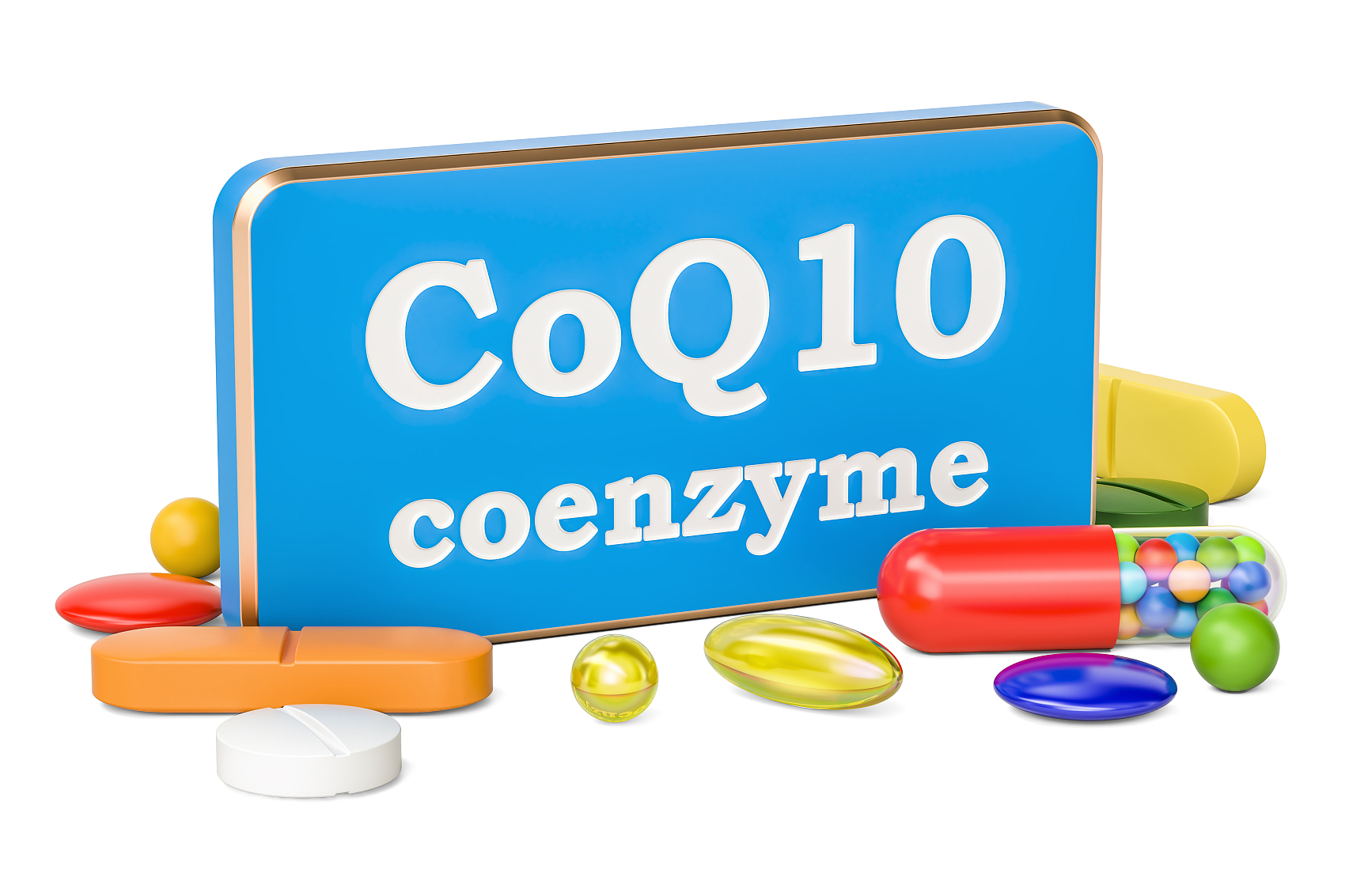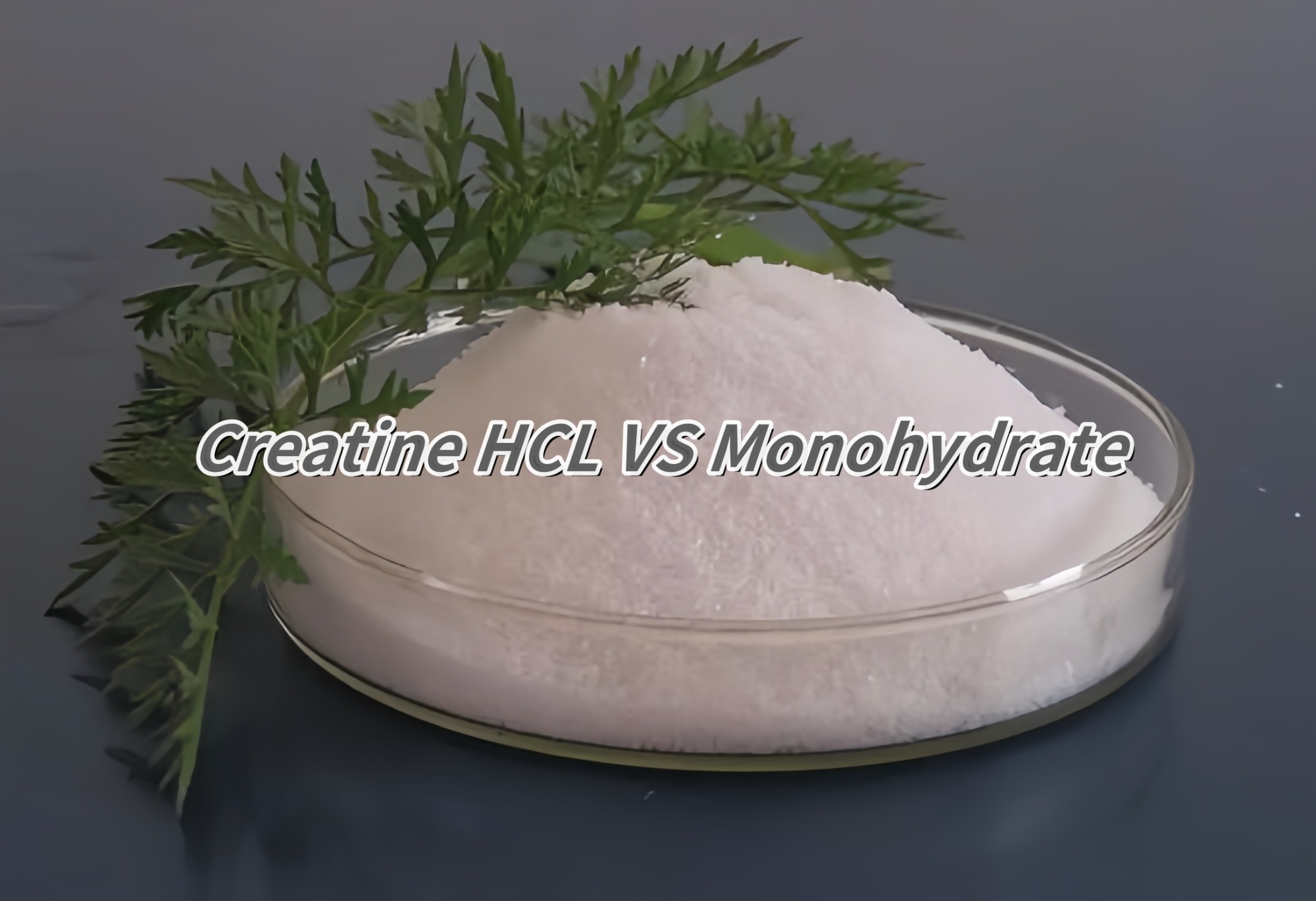
Discovery and Development of Coenzyme Q10
Coenzyme Q10 was first isolated from bovine hearts in 1957 by the research team of Dr. Frederick Crane in the United States. In 1958, Dr. Karl Folkers of the University of Texas in the United States determined the chemical structure of coenzyme Q10, conducted a chemical synthesis, and produced coenzyme Q10 through microbial fermentation in the laboratory for the first time.
In 1974, Japan's Nissin Milling Co., Ltd. realized the industrial production of Coenzyme Q10 using a semi-synthetic method. It was used as a drug to treat heart disease and was launched in batches. This also accelerated the development and application of Coenzyme Q10 in the medical and health field. . In 1982, my country approved coenzyme Q10 as a prescription drug for the clinical treatment of cardiovascular diseases.
Physiological functions of coenzyme Q10
Coenzyme Q10 is a mitochondrial coenzyme that is essential for the production of adenosine triphosphate (ATP). Coenzyme Q10 can transform into each other between ubiquinone (oxidized form) and ubiquinol (reduced form) in the human body, reduce unsaturated fatty acids, maintain the reduced state in cell membranes, and play antioxidant effects, such as scavenging free radicals and reducing Oxidative stress, improve mitochondrial dysfunction, reduce cell apoptosis, protect cell membrane structure and functional integrity, reduce skin wrinkles, delay skin aging and block skin damage, etc.
In addition, Coenzyme Q10 also has functions such as enhancing immunity, regulating blood lipids, strengthening heart power, and enhancing brain power. As a metabolic activator, Coenzyme Q10 can activate cellular respiration and provide sufficient oxygen and energy to cardiomyocytes and brain cells, thereby keeping cells in good health.
Application of Coenzyme Q10
Coenzyme Q10 has been used in the medical field to treat cardiovascular and tumor diseases. At the same time, its immunity-enhancing, antioxidant and other health functions make it also widely used in the fields of health foods and cosmetics. In recent years, as people's research on Coenzyme Q10 continues to deepen, its application fields are also expanding.

 Chondroitin Sulfate VS Hyaluronic Acid
Chondroitin Sulfate VS Hyaluronic Acid
 Creatine HCL VS Monohydrate
Creatine HCL VS Monohydrate